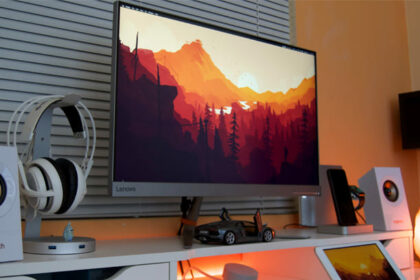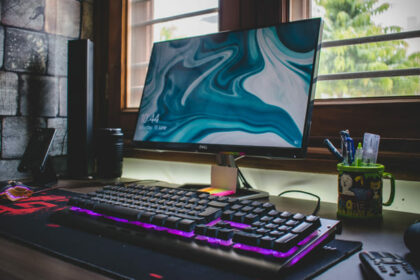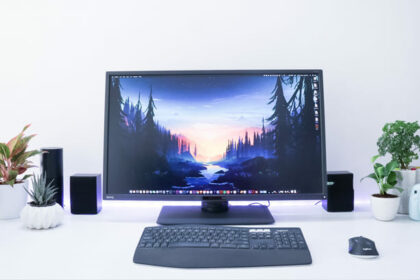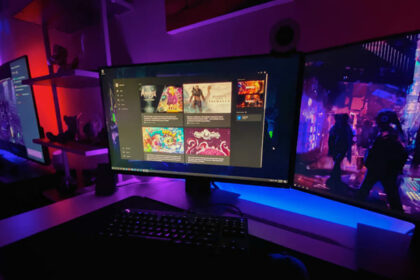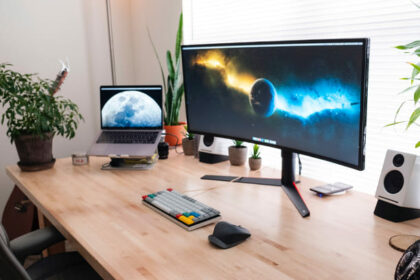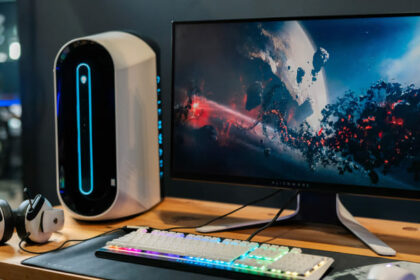So, you have bought a G-Sync enabled monitor, laptop, or TV and want to take advantage of this super-premium and quite costly feature called G-Sync. However, you don’t know what it is or whether or not it’s even working.
To help you understand G-Sync better, in this short read I will tell you everything that you need to know about G-Sync as well as how you can tell if G-Sync is working or not.
And, if it’s not working, I will show you how to turn it on to optimize your gameplay and graphics.
What is G-Sync?
G-Sync is a technology developed by Nvidia, which was introduced back in 2013. Its biggest rival is AMD’s FreeSync.
G-Sync is a display technology used in some of the best gaming monitors, laptops, and even televisions to improve their graphical performance.
This technology engineered by Nvidia only works if your PC system is connected to a compatible Nvidia graphics card (or a third-party branded GPU that is G-Sync compatible).
What Does G-Sync Do?
Despite its higher price point causing a large portion of the community asking why G-Sync monitors are so expensive, not many people actually know the answer to that question. Essentially, G-Sync is responsible for helping G-Sync enabled monitors to fight away screen tearing, stuttering, and juddering. If you are a casual PC gamer, you may not need a g-sync monitor, however, if you are actively playing fast-paced video games such as Call of Duty or Fortnite, G-Sync can be of huge help.
Generally speaking, if you want to put your screen tearing to a minimum, there is pretty much nothing better than a G-Sync enabled display.
Checking if G-Sync is Working
If you are wondering how to tell if Gsync is on for the game that you are currently playing, from the Nvidia Control Panel menu bar, click Display and then select show indicator for G-Sync.
The indicator will show up on the screen to show whether or not G-Sync is turned on.
Enabling G-Sync
Now that you have checked if your G-Sync is working, in case it is disabled and you still want to take advantage of it, follow the steps below in order to activate G-Sync.
- From the Nvidia Control panel, under Display, go to Set up G-SYNC to open the relevant page.
- If not checked, make sure that you click the Enable G-Sync/G-Sync Compatible check box.
- Select the Full-Screen mode. Alternatively, you can also select Windowed and Full-Screen mode.
a) Be sure to select fullscreen mode if your system has difficulties with handling windowed applications.
b) Make sure to select windowed mode if you want to use G-Sync with windowed applications. - To apply G-Sync settings to all monitors within your setup, under Select a display, select the display model icon.
- Then, under choose display specific setting, click on the box that says Enable settings for the selected display model.
- Finally, follow all instructions on the remaining of the page to enable your G-Sync.
Note: For G-Sync to work, remember first to check that your screen is g-sync compatible. Also, check that the Monitor Technology is set to G-SYNC/G-SYNC Compatible from the Manage 3D Settings page.
Then, you can enjoy G-Sync.

